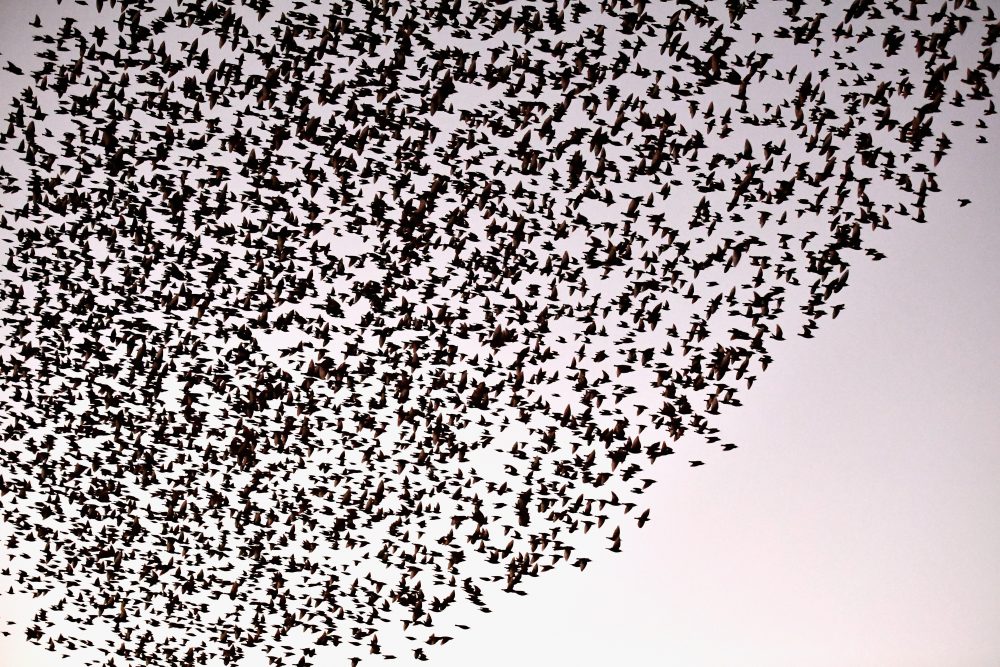Advertisement
The Controversy Over Controlled Poisoning Of Starlings
Resume
European starlings are non-native birds, brought to the U.S. from England in the 1890s. The birds are seen by many as a nuisance: damaging crops, eating livestock feed, causing airplane crashes and driving out native species from their nests.
The USDA has a toolbox of management techniques to control the birds, including poisoning them with a pesticide. But some western Massachusetts residents weren't told about a recent poisoning, and were shocked when starlings started dropping from the sky.
Here & Now's Robin Young asks ornithologist Bob Mulvihill (@BobMulvihill) of the National Aviary about starlings and about the controversy over poisoning them.
Here is the USDA response to the use of pesticides to control starlings:
USDA Wildlife Services (WS) provides assistance at the request of landowners and State and local agencies to address European starling damage. WS biologists and field experts use an integrated damage management approach that involves both preventative (nonlethal) and lethal methods. Preventative methods include the use of repellents on crops, barriers, scare devices, habitat medication and pyrotechnics.
One lethal method used by the WS is DRC-1339. DRC-1339 is a registered pesticide for use with starlings. It can only be applied by USDA-WS employees and in accordance with the pesticide label, and state and Federal laws. To use, an application site is pre-baited with a special fat-based bait that is highly attractive to starlings, but not attractive to other songbirds. The pre-bait is monitored to ensure that only starlings are feeding on the bait and to determine how fast the pre-bait is consumed. If other wildlife is observed feeding on the pre-bait, the bait site is abandoned and a new one prepared or the project is cancelled. If bait uptake is acceptable, Wildlife Services applies the DRC-1339 directly to the bait and applies only enough treated bait to be consumed in 1 to 2 hours. DRC-1339 usually takes 12 to 72 hours to kill birds that consume a lethal dose. However, in very cold conditions, death can occur earlier.
A scavenging animal should not be harmed by eating or playing with a dead starling. The bird will excrete all or most of the pesticide prior to dying. Research suggests that a cat, owl or other raptor would need to feed upon only treated birds for more than several months to be affected.
This segment aired on January 27, 2017.